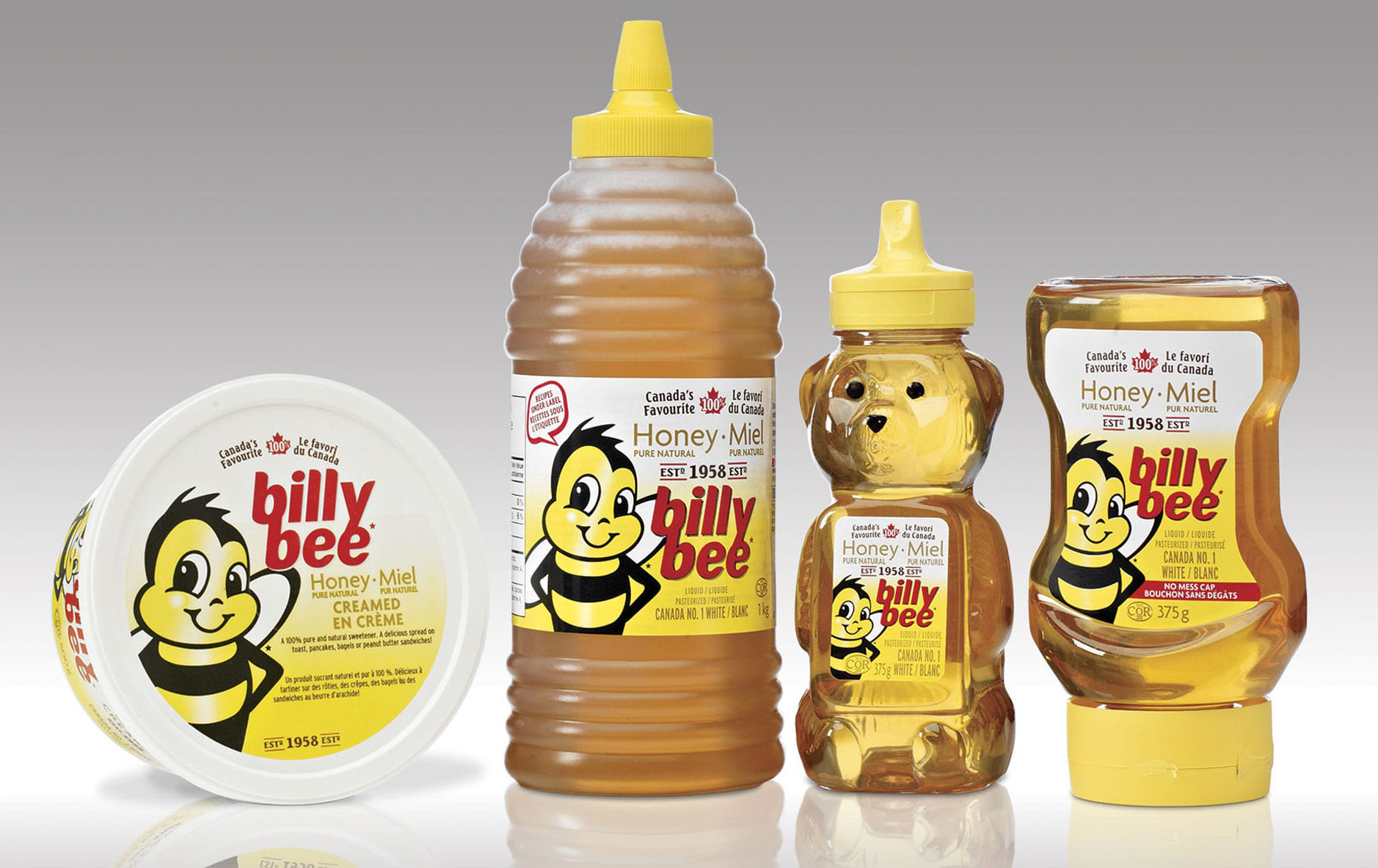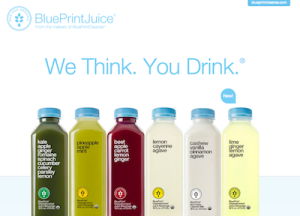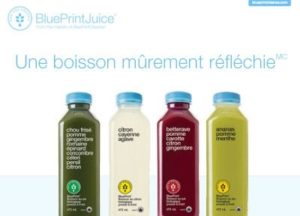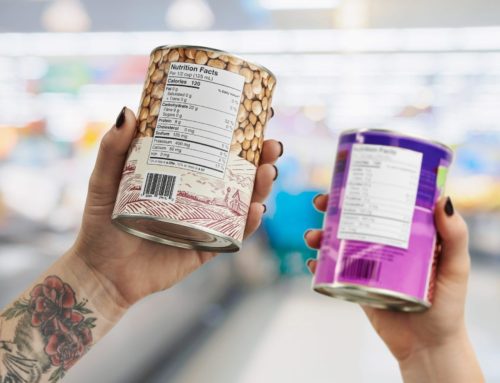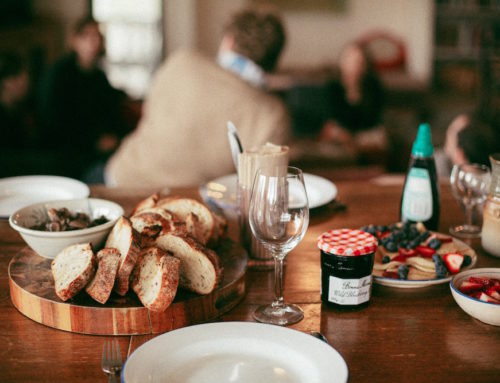Last week we gave you vital information on how your product labels should appear. Now that your product looks swanky in its brand new bilingual label, you’re ready to think about marketing it. First step: translating slogans and taglines. Why? Because you want your brand to ‘feel’ local.
In Canada, approximately 7.3 million people consider French as their native tongue. That’s a huge market that you want to be engaging with - on their level!
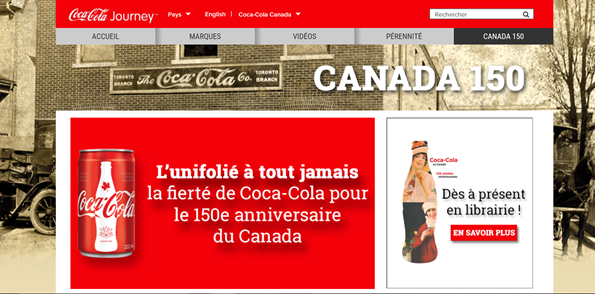
Coca Cola has a bilingual website, specifically for the Canadian market. Taglines and slogans have been adapted to ‘speak’ to a French-Canadian audience.
Don’t just translate your content, adapt it to the local market.
It pays to get your labelling right. LAT Multilingual helps numerous clients such as McCormick and HAIN Celestial adapt their packaging to ensure they are properly engaging with their French Canadian audience.
You’ve invested in your packaging to meet the requirements of the Canadian government, now you want to get proper return on your investment. Make sure that you don’t just stop at the basics, but that you also position your product to win the heart of your customer. This great tagline you trademarked… needs to be localized too. It doesn’t have to by law, but the extra budget needed to find the right words in the target language will go a long way in attracting customers.
Here’s an example…
When HAIN Celestial launched their new Blue Print Juice brand, they came to LAT to request a French equivalent. The English slogan “We Think. You Drink.” was not just translated, but thoughtfully adapted so that it resonated with the Quebec market. After a few brainstorming sessions with the team, we came up with “Une boisson mûrement réfléchie”.
While it pays to translate your slogans and taglines properly, it can be costly to attempt a quick translation. The Pepsi slogan, “Come alive with the Pepsi Generation” when translated in Taiwanese, became, “Pepsi will bring your ancestors back from the dead”. Not only a bit creepy but culturally, it was an insult. Hunt-Wesson introduced its baked beans in French Canada as “Gros Jos” without realizing it was slang for “big breasts”! Avoid these mishaps by trusting the professionals with your content.
Adapting your brand to your customers’ language is about more than following the rules; it’s a way of making your brand feel familiar and local but more importantly, it helps you engage with the community and build brand loyalty.
Why not go the extra mile and get your website translated into different languages? This will give new customers a deeper understanding of your brand and products; one that goes beyond what you can fit on a label.
Studies have shown that positive emotions towards a brand have far greater influence on consumer loyalty than attributes.

